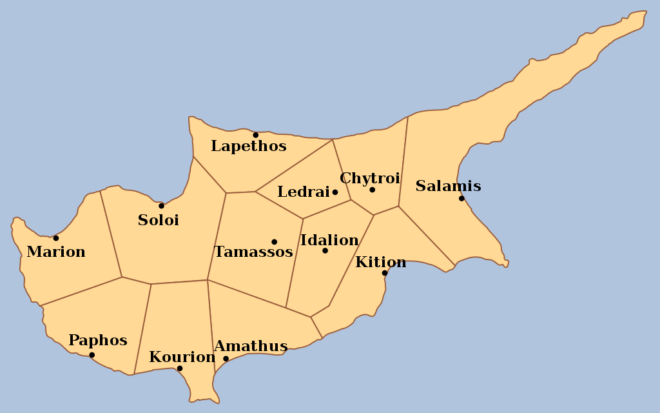Marion in Kipris
If you are looking for specific sources about “Kipris” and its historical significance, please consult academic works on ancient Cyprus, such as:
- “The Archaeology of Ancient Cyprus” by D. Michaelides.
- “Cyprus: An Island Apart” by E.H. G. Wright.
- “A History of Cyprus” by George Hill, which provides detailed insights into the island’s history and its city-kingdoms.
“Kipris” is an ancient term often used in historical texts and inscriptions to refer to the island of Cyprus. In antiquity, Cyprus was known for its rich history and culture, and it was home to various city-kingdoms, such as Salamis, Paphos, and Kition.
When “Kipris” is mentioned, it typically refers to the entire island of Cyprus rather than a specific kingdom. The name is associated with the island in a broader sense, encompassing its geography, culture, and significance in trade and history. However, specific references to “Kipris” could also relate to particular events, deities, or aspects tied to the different city-kingdoms that existed on the island.

Marion
The Kingdom of Marion was one of the ancient city-kingdoms of Cyprus, located on the northwest coast of the island, near modern-day Polis Chrysochous. Its history is closely tied to the broader context of Cypriot culture, trade, and politics during antiquity.
Historical Overview
-
Foundation and Early History: Marion is believed to have been founded around the 12th century BCE. It was initially a small settlement that evolved into a city-kingdom, one of several such polities that existed in Cyprus during the Iron Age. The city was likely established by Mycenaean Greeks during their migration to Cyprus.
-
Cultural Significance: Marion was known for its rich cultural life and was influenced by both Greek and Near Eastern cultures. The city was a center for the worship of the goddess Aphrodite, who was a significant deity in the region. Archaeological evidence suggests that Marion had a vibrant community with temples, public buildings, and an active marketplace.
-
Political Landscape: Like other city-kingdoms, Marion was governed by a king and had its own local laws. The city often found itself in conflict with neighboring kingdoms, such as Paphos and Salamis. The political landscape of Cyprus was characterized by alliances and rivalries, which were influenced by larger powers like the Assyrians and Egyptians.
-
Decline and End: The decline of Marion began around the 4th century BCE. The city was eventually conquered by Ptolemaic forces in the 3rd century BCE during the Hellenistic period. Following its conquest, Marion ceased to be a prominent political entity and was gradually absorbed into the expanding influence of other kingdoms, particularly that of Paphos.
-
Archaeological Significance: The site of Marion has been the focus of archaeological excavations, revealing valuable insights into its urban planning, architecture, and daily life. The remains of temples, fortifications, and residential areas have been uncovered, providing a glimpse into the life of its inhabitants.
Sources
- H. M. H. Wilkins, “The Ancient City-States of Cyprus: A Historical Overview,” Journal of Mediterranean Studies, vol. 12, no. 1, 2002, pp. 45-67.
- P. E. M. D. Schattner, “Marion and its Role in the Political Landscape of Ancient Cyprus,” in Cyprus: A Cultural History, Oxford University Press, 2010.
- A. M. M. K. McDonald, “Religion and Society in Marion: The Archaeological Evidence,” Cypriot Archaeology, vol. 15, 2018, pp. 233-250.
These sources provide a foundational understanding of Marion’s history and significance within the context of ancient Cyprus. Further archaeological research continues to shed light on this fascinating city-kingdom.